Jump to:
Your wooden garden furniture is an extension of your personal oasis. But without proper care and attention, the elements can take a toll on your cherished pieces. And this can lead to rot, decay, and a shortened lifespan. So we’re here to help!
In this guide, we’ll provide you with some tips and techniques to safeguard your investment from rot. Whatever type of timber material that is, these tricks will do the magic. Keep reading to get started!
Understanding the Causes of Wooden Furniture Rot
Wooden garden furniture, although durable, is susceptible to rot if not properly protected. To effectively shield it from decay, learning the causes of rot helps.
Moisture, one of the leading culprits, infiltrates the wood. It creates an ideal environment for fungal growth and accelerating rot. Sunlight also plays a role by breaking down the wood’s natural protective compounds. It leaves the outdoor pieces vulnerable to decay-causing agents.
Fungi, such as mould and mildew, are relentless adversaries of wooden furniture. These microorganisms thrive in damp conditions and gradually consume the organic matter. If left unchecked, they can cause irreparable damage.
Recognising and tackling these root causes is vital. Control moisture levels through proper treatment and maintenance. Shield furniture from excessive sunlight exposure. Employ preventive measures against fungal growth. Doing so can effectively combat rot and extend the lifespan of your wooden furniture.
Choosing the Right Type of Wood

Not all wood species are created equal in terms of durability and resistance to decay. Here’s an overview of the best wood options for outdoor furniture and factors to consider:
Hardwoods like teak, cedar, and redwood are renowned for their exceptional durability. Their natural resistance to rot is a big perk. Browse our range of teak garden furniture.
Teak is regarded for its natural oils that repel moisture and inhibit fungal growth. Cedar and redwood contain natural compounds that make them also resistant to decay.
Softwoods, such as pine and spruce, are more affordable options. However, they require extra care and treatment to protect them from rot. Pressure-treated wood, which has been infused with preservatives, is also a popular choice. For one, due to its enhanced rot resistance.
When selecting wood for your garden furniture, consider factors like:
- the wood’s natural resistance to rot
- durability
- aesthetic appeal
Additionally, factor in your local climate and the level of maintenance. With the right type of wood, you can lay a solid foundation for effective rot protection.
Treating the Wood

To provide maximum protection against rot, treating your wooden garden furniture is essential. Here, we’ll explore different treatment options and provide step-by-step instructions:
Sealers, stains, and finishes are popular choices for treating outdoor wood. Sealers provide a protective barrier against moisture. Meanwhile, stains enhance the wood’s appearance and offer some level of UV protection. Finishes like varnish or polyurethane create a durable, waterproof layer.
To apply these treatments, start by preparing the wood through cleaning and sanding. Remove any dirt, debris, or old finish to ensure proper treatment absorption. Follow the manufacturer’s instructions for the chosen treatment. Apply it evenly with a brush, roller, or sprayer. Pay special attention to the end grain and hard-to-reach areas.
Allow the treatment to dry completely between coats. Then, apply multiple coats as recommended for optimal protection. Once the final coat is dry, inspect the furniture for any missed spots or uneven application. Touch up as needed.
Maintaining and Cleaning

Regularly inspect your furniture for any signs of wear, damage, or mould growth. Remove debris, such as leaves, to prevent moisture accumulation and potential rot. Wipe down the furniture with a soft cloth or brush to remove surface dirt and dust.
For routine cleaning, use a mild soap or wood-specific cleaner mixed with water. Avoid harsh chemicals that strip the wood’s natural oils or cause discolouration. Gently scrub the furniture with a soft brush, following the grain of the wood. Then, rinse thoroughly with water.
The frequency of cleaning and maintenance tasks depends on your local climate. Plus, on the amount of exposure, your furniture receives. Generally, a thorough cleaning every few months is recommended.
When not in use, consider covering your furniture with garden furniture covers. Or store it in a dry, sheltered area during harsh weather conditions. This helps minimise exposure to moisture and sunlight.
Round-up
Protecting your wooden garden furniture from rot is key to preserving its beauty and longevity. To safeguard your investment, you need to keep the following in mind:
- understand the causes of rot
- select the right wood
- implement effective maintenance routines
Treatments like sealers, stains, and finishes provide an additional layer of protection. Regular cleaning and proper storage during harsh weather conditions are key. With these steps, your timber pieces can remain sturdy, beautiful, and rot-free.


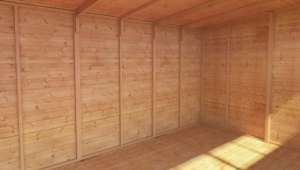


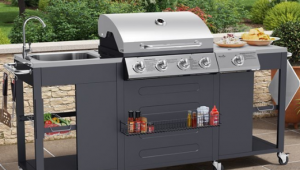


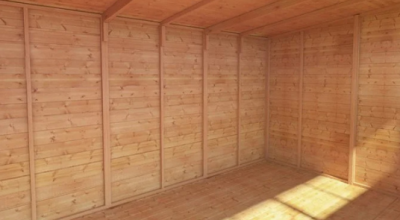
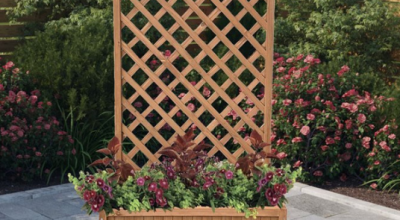
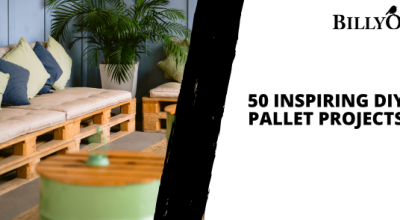
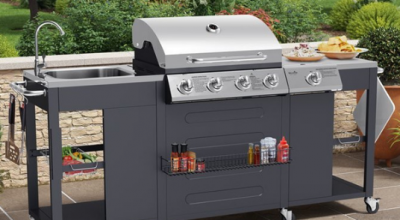

What do you think ?